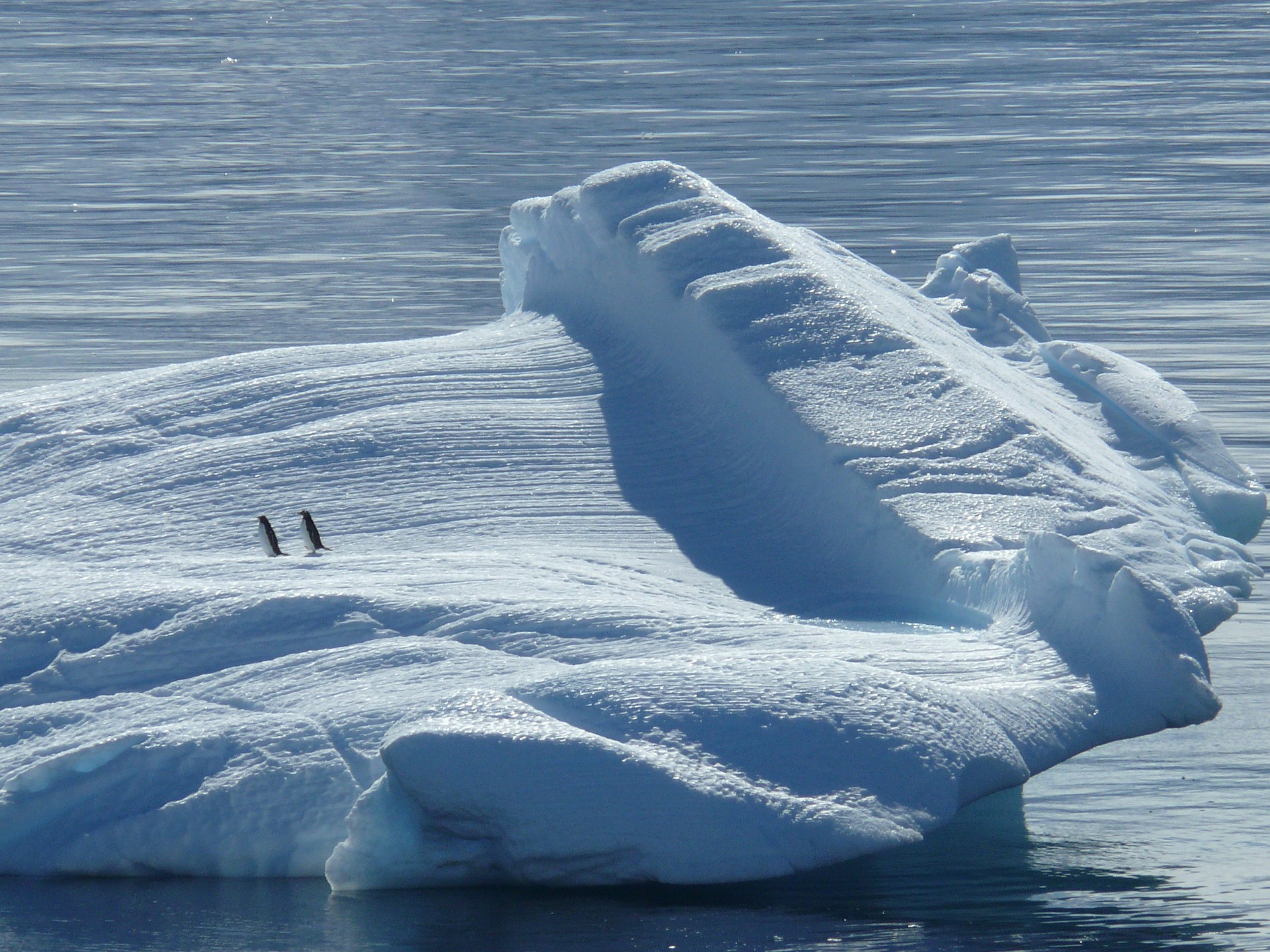
Scott Base – New Zealand’s Antarctic scientists are racing to document life on the seafloor in the Ross Sea before ecosystems change, possibly forever, as the world warms.
Underwater robots have been deployed to conduct ‘speed sampling’, covering distances and depths that divers can’t. The remotely-operated vehicles (ROV) collect specimens and video footage from places unexplored.
The amazing colour, amazing diversity and abundance of life thrives below the ice. It’s definitely way more diverse than around the New Zealand coastline. The seafloor communities are uniquely adapted to living in very cold but stable conditions.
Because animals in Antarctica are living on the edge of existence, it might not take a lot of change for them to tip over and not do so well.
The more that can be done to prevent more carbon dioxide going into the atmosphere and into the ocean the better and it should be soon.
This new speed sampling method developed by a team from the National Institute of Water and Atmospheric Research (NIWA) means about 600 specimens of invertebrates have been relayed back to a network of scientists in New Zealand for analysis.
This is part of a critical push to understand what the future holds for the creatures living in the frozen continent’s unique environments.
Scientists are working with urgency on the ice. Warming would go beyond 1.5 – 2°Cdeg unless there are immediate reductions in CO2 and other greenhouse gas emissions. Many changes would be irreversible, especially changes in the ocean, ice sheets and global sea level.
By lowering ROVs through holes drilled through the sea ice, the NIWA team retrieved samples from different seven sites around Ross Island and the southern Victoria Land Coast, without the need to establish camps.
A key achievement of the fieldwork was the use of underwater robots for transect sampling, providing access to a depth range of 10-100m, going beyond what is possible for dive teams.
The team also successfully deployed three new instrument arrays, which will remain in place for one year, providing a long-term picture of coastal environmental conditions and simultaneous records of coastal environmental data from three widely separated locations.
The Ross Sea region contains one of the most productive marine ecosystems in the Southern Ocean, encompassing open ocean, pack ice and coastal habitats, including one of the world’s largest marine protected areas.

